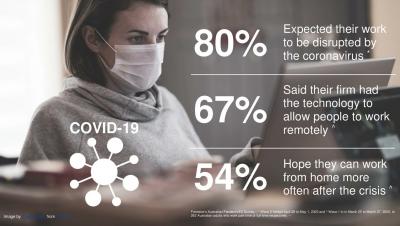Operations | Monitoring | ITSM | DevOps | Cloud
ITSM
The latest News and Information on IT Service Management, Service Desk and related technologies.
How to Get a Unified IT Asset Inventory in 24 Hours
Security Controls - REST API - PowerShell Tutorial
Ivanti Neurons Workspace
How to Track Asset Relocation: A Step-by-Step Guide
ITIL Certifications: Everything You Need to Know to Get Yours in 2023
ITIL Priority Matrix: How to Use it for Incident, Problem, Service Request, and Change Management
How to create a perfect Asset Register with the help of Asset Management Software
FMCD Sector is one of India’s largest growing sectors. The rate at which it has been growing is tremendous and with that comes a different set of hurdles for the industry, if we try to summarize them it can be a low level of management and increasing competition. FMCD Sector is the one which always grows up, as the consumers for Packed foods at relatively low costs attract the consumers.
How balancing technology and people can elevate employee satisfaction
The pandemic has forever changed the workplace, especially for my support and product success team at ServiceNow. One thing that hasn’t changed is our commitment to operational excellence, which starts with a great employee experience. My goal is to improve employee satisfaction for our technical support engineers (TSEs). If our TSEs are satisfied, then our customers reap the benefits. When TSEs feel valued and appreciated, they build greater trust with customers.











